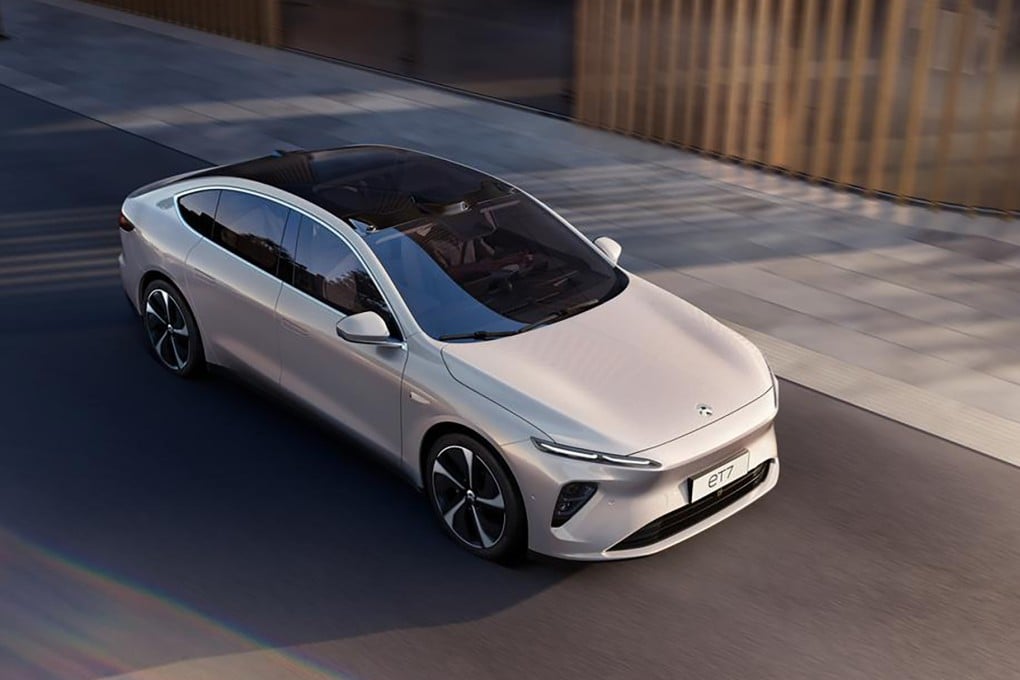EV review: Nio’s ET7 rivals Germany’s best in some aspects, but at a lower price
The sedan offers a swappable battery and luxurious interior materials, but falls short of some domestic rivals when it comes to self-driving

Nio believes that it has the best answer to charging, the problem vexing potential EV buyers around the world: battery swapping, which takes less time than filling up a petrol tank.
Earlier this year Nio introduced its fourth-generation battery swap station. It currently has 2,601 swap stations of all generations in China and 56 in Europe. However, each third-generation station came at a cost of 3 million yuan (US$421,000), and Nio has yet to declare the cost of the fourth-generation stations, which have reduced swap time to two and a half minutes.
Although Nio achieved reasonable sales with its first-generation cars, it wasn’t until the second generation that sales really took off. The first of these was the Nio ET7, which was a major departure from the earlier cars.
Introduced in 2022, the ET7 was the brand’s first-ever sedan; all first-generation models were SUVs. The car also introduced a new suite of sensors, which has become an integral part of all subsequent models.
Visually this can best be noticed by the watchtower sensors above the windscreen, consisting of a Lidar unit and two high-definition cameras. The complete suite also includes millimetre-wave radars plus high-precision positioning units. Processing all the data is the Nio Adam supercomputer, which boasts 1,016 TOPS (trillions of operations per second) of computing power thanks to four Nvidia Orin X chips – twice as many as most competitors.